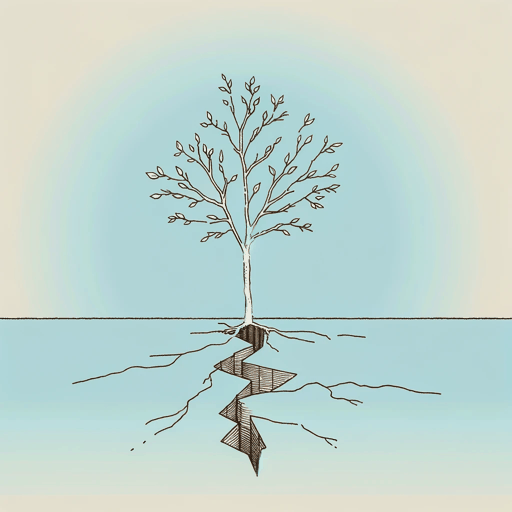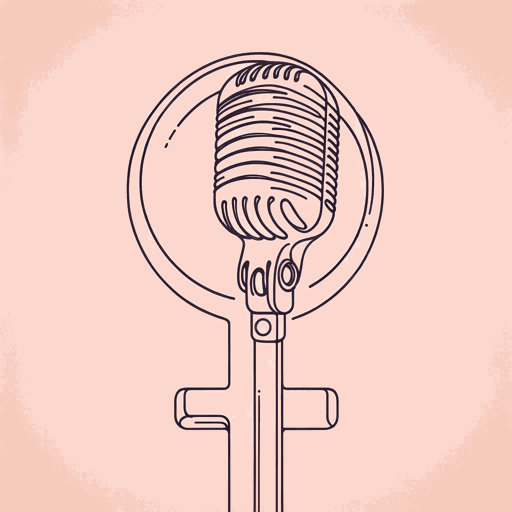44 pages • 1 hour read
Rebecca SolnitHope In The Dark: The Untold History of People Power
Nonfiction | Essay Collection | Adult | Published in 2004A modern alternative to SparkNotes and CliffsNotes, SuperSummary offers high-quality Study Guides with detailed chapter summaries and analysis of major themes, characters, and more.
Chapter 22-AfterwordChapter Summaries & Analyses
Chapter 22 Summary: “Looking Backward: The Extraordinary Achievements of Ordinary People (2009)”
Solnit remembers that New Yorkers’ initial reaction to the 9/11 terrorist attacks on the twin towers wasn’t panic but pragmatic collaboration. The distortion that people were terrified—which the media perpetrated—was applied only retrospectively. Solnit recounts the events of the attack and its immediate aftermath, blow by blow, showing that people in the surrounding area did their utmost to help each other. Adam Mayblum, who walked down from the 87th floor of one of the towers with his coworkers, even took to the internet to state that they were calm, that the perpetrators had failed to terrorize them. In Solnit’s view, the terrorizing came instead from the government and media, which promoted a disaster-movie view of the event to justify “their existence as repressive, controlling, hostile forces, rather than collaborators with brave and powerful citizenries” (117).
Solnit imagines that had the calm heroism of September 11 not been followed by government and media distortions and the instruction to be terrified, countless lives could have been saved, both in the US and abroad, in Afghanistan and Iraq—and that trillions of dollars could have been applied to constructive projects rather than handed to war corporations. Solnit notes how in other disasters, such as Hurricane Katrina, which struck New Orleans on August 29, 2005, ordinary citizens were more effective than politicians in rehabilitating residents and the city.
Related Titles
By Rebecca Solnit
Featured Collections
Challenging Authority
View Collection
Colonialism & Postcolonialism
View Collection
Community
View Collection
Contemporary Books on Social Justice
View Collection
Globalization
View Collection
Nation & Nationalism
View Collection
Politics & Government
View Collection
Popular Study Guides
View Collection
Power
View Collection
War
View Collection






